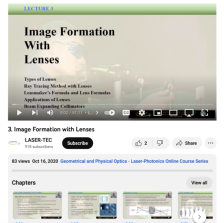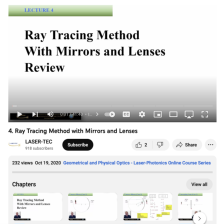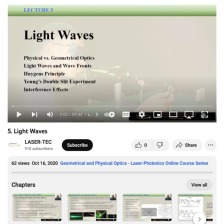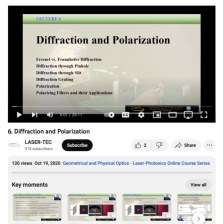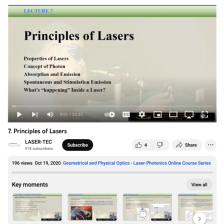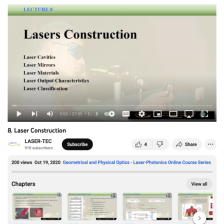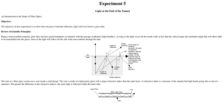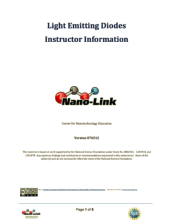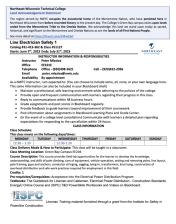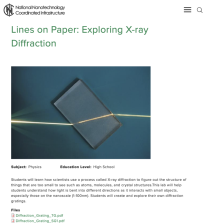Browse Resources
Resources |
|---|
This video is part of a series from Laser-Tec that introduces learners to geometrical optics. In the video, image formation with lenses is explored. Viewers learn about the difference between thick and thin lenses, the shapes of three converging (positive) thin lenses and three diverging (negative)...
This video is part of a series from Laser-Tec that introduces learners to geometrical optics. The video provides a review of the ray tracing method for mirrors and lenses. Case studies for concave mirrors, convex mirrors, converging lenses, and diverging lenses are highlighted. The video recording...
This video is part of a series from Laser-Tec that introduces learners to geometrical optics. In the video, an introduction to light waves is provided. The difference between physical and geometrical optics, the physics of waves and wave motion, wave motion in space and time, electric and magnetic...
This video is part of a series from Laser-Tec that introduces learners to geometrical optics. In the video, diffraction and polarization are introduced. Viewers learn about the difference between diffraction and interference, pinhole diffraction, single-slit diffraction, straight-edge diffraction,...
This video is part of a series from Laser-Tec that introduces learners to geometrical optics. This video highlights the principles of lasers. Viewers learn about the distinction between spontaneous and stimulated radiation, energy level diagrams, the mechanism of coherent light generation, the...
This video is part of a series from Laser-Tec that introduces learners to geometrical optics. This video explores the construction of lasers. Laser cavities, mirrors, materials, output characteristics, and classification are highlighted. The gain of a laser's medium, traverse modes, laser line...
The Materials Science and Technology Teacher's Workshop (MAST) provides this experiment on fiber optics. The lesson aims to show that light will travel down a glass tube because of internal reflection. This module will help students understand the physical properties that allow fiber optics...
This module, created by the Center for Nanotechnology Education (Nano-Link), introduces students to "the phenomenon of band gaps in light emitting diodes using readily accessible experimental materials, LEDs, and inexpensive digital meters." During the learning activity students build a simple Light...
This 7-page syllabus and 4-page course outcome summary, published by Northeast Wisconsin Technical College (NWTC), provide information about the Line Electrician Safety Course taught at NWTC. During this course, students will be introduced to industry safety manuals, rules, and definitions. Students...
This lab, presented by the National Nanotechnology Coordinated Infrastructure, allows students to "understand how light is bent into different directions as it interacts with small objects, especially those on the nanoscale (1-100nm)." Additionally, students will learn about the process of x-ray...
|
| ← PreviousNext → |
